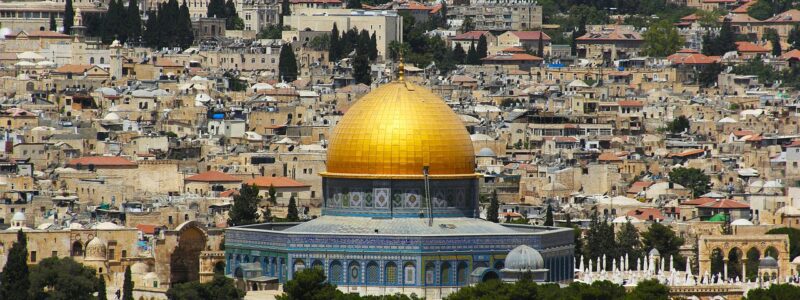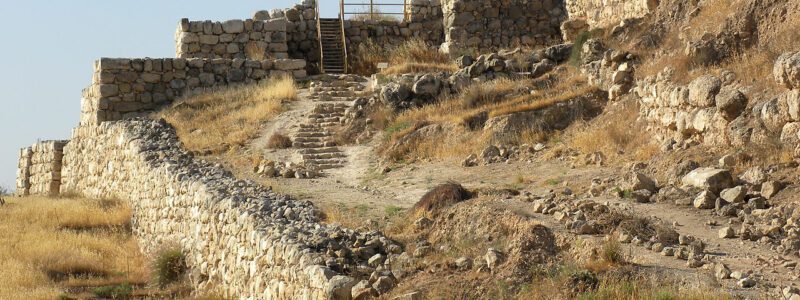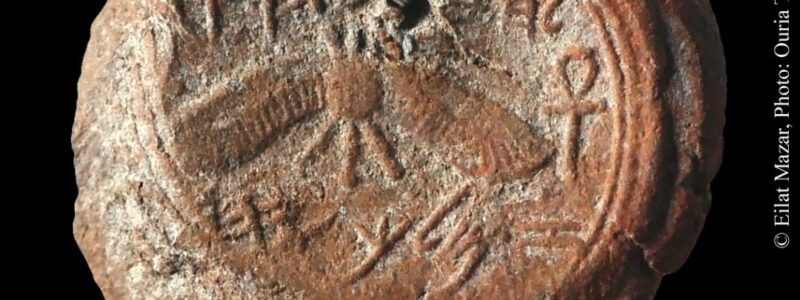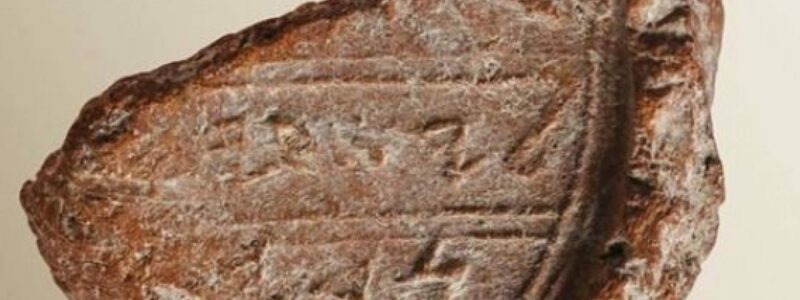Biblical People Are Confirmed
One of the most exciting facets of Biblical history is that the identities of many Biblical people are confirmed by archaeology. In addition to those confirmed through recent archaeological discoveries are many others whose identities are likely verified, but the evidence is unclear.
The importance of these discoveries is challenging to overstate. For years, many of these critical Biblical narratives were thought only to be mythological inventions. Liberal theologians supposed that Jewish scribes returning from Babylonian captivity wanted to portray their history positively for future generations. Moreover, these scribes did not want the Jewish people to be associated with years of imprisonment in a foreign land and a foreign people.
A recent issue of Biblical Archaeology Review discussed 53 proven identities from the Old Testament. These identities include some of the ancient kings of Israel and Judah and kings from other surrounding countries. Some of the kinds from different countries include Persia, Egypt, Babylon, AssyriaMoab, and Aram-Damascus.
This review evaluates some of the more famous personalities in Scripture and their confirmation through modern archaeology.
King David
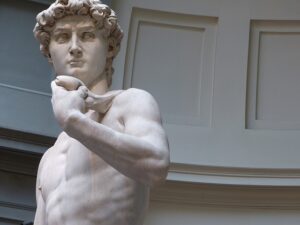
Image by christian hardi from Pixabay
King David has been covered in some of the earlier articles. Still, King David merits another review given his importance to Christianity and Judaism. He is one of the most famous Biblical people whose existence has been confirmed through archaeology.
David has been found in three separate inscriptions; archaeologists found the most notable of these at Tel Dan. The inscription is written in ancient Aramaic, identifying David as the founder of the “house of David.”
The second writing concerning David is the Mesha inscription where the phrase “house of David” appears in Moabite in line 31. David’s name also appears in another place on the same inscription cementing its place in history.
The third writing is in Egyptian, mentioning a region in the Negev desert called ‘the heights of David.’
These three separate inscriptions in three different languages (Aramaic, Moabite, and Egyptian) have convinced most archaeologists that King David was a real historical feature that ruled Israel.
King Hezekiah
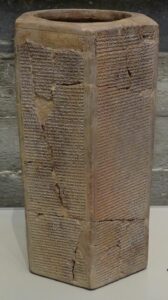
Sennacherib’s Prism
King Hezekiah was one of the few “good” kinds that ruled over Judah and successfully survived a siege from Assyria under King Sennacherib.
Sennacherib wrote about his exploits in his Annals recorded on several large prisms. These writings are in the ancient language Akkadian using cuneiform writing. The three prisms are hexagonally made up of red-baked clay and are nearly identical.
Their importance is difficult to overstate as they give a glimpse into ancient history especially involving ancient Israel. Each of these prisms mentions Hezekiah in its description of the siege of Jerusalem.
Sennacherib was more successful in his campaign against the Northern Kingdom. Its population was deported to Assyria, where they intermixed with the local people. The prism notes concerning Hezekiah,
s for the king of Judah, Hezekiah, who had not submitted to my authority, I besieged and captured forty-six of his fortified cities, along with many smaller towns, taken in battle with my battering rams. … I took as plunder 200,150 people, both small and great, male and female, along with a great number of animals including horses, mules, donkeys, camels, oxen, and sheep. As for Hezekiah, I shut him up like a caged bird in his royal city of Jerusalem. I then constructed a series of fortresses around him, and I did not allow anyone to come out of the city gates. His towns which I captured I gave to the kings of Ashod, Ekron, and Gaza.
King Hezekiah was one of the best kings as he made several significant improvements in Jerusalem for people, followed God, and saved Jerusalem from being conquered and its people taken to a foreign country.
King Jehoiachin (aka Jeconiah, aka Coniah)
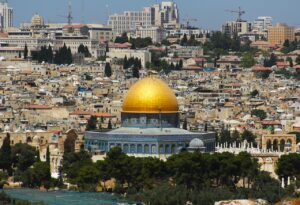
Jerusalem where evidence for an ancient earthquake was found.
We have looked at several “good” kings of Israel – it is now time to look at some of the worst.
Coniah was caught up with the changing alliances between Babylon and Egypt of his father, Jehoiakim. As a result, Coniah was deposed by Nebuchadnezzar as the Babylonian king was afraid Coniah might seek revenge for his father’s death. Coniah was then taken as a prisoner back to Babylon and is never heard from again.
As might be imagined, this intrigue produced multiple references to Coniah in Babylonian administrative tablets. These tablets mention him as king in the immediate context as the “son of the king of Judah.”
After Coniah was unceremoniously taken prisoner, Nebuchadnezzar placed his uncle Zedekiah as the last king of Judah.
King Manasseh
Unfortunately, good kings sometimes have sons show become the epitome of evil. Such was the case with poor Hezekiah, who is recognized as one of Judah’s better Kings.
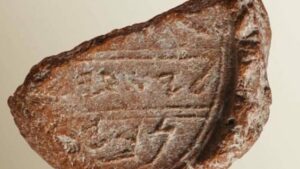
Isaiah Bulla
His son bears the opposite designation as being one of the worse kings of Judah.
Isaiah, the prophet, lived during the time of Hezekiah, and Scripture has Isaiah telling the king messages from God, which he obeyed. Such was not the case with Manasseh. Instead of heeding the words of Isaiah, Manasseh – according to extra-Biblical sources – had Isaiah sawed in two rather than listen to his warnings.
The evil king is mentioned in the Esarhaddon Prism among those who paid tribute to Esarhaddon. The mention of Manasseh, the “king of Judah,” can be read here along with the rest of the inscription.
Summary
This is only a small fraction of the number of the Biblical people confirmed in Scripture, but it does serve to substantiate the historicity of Scripture.
These are not mythological people who were the product of the vivid imagination of ancient Jewish scribes. Instead, these were actual living, breathing people who did great things many centuries ago.
References
Esarhaddon Prism – By Osama Shukir Muhammed Amin FRCP(Glasg) – Own work, CC BY-SA 4.0, https://commons.wikimedia.org/w/index.php?curid=52383221

